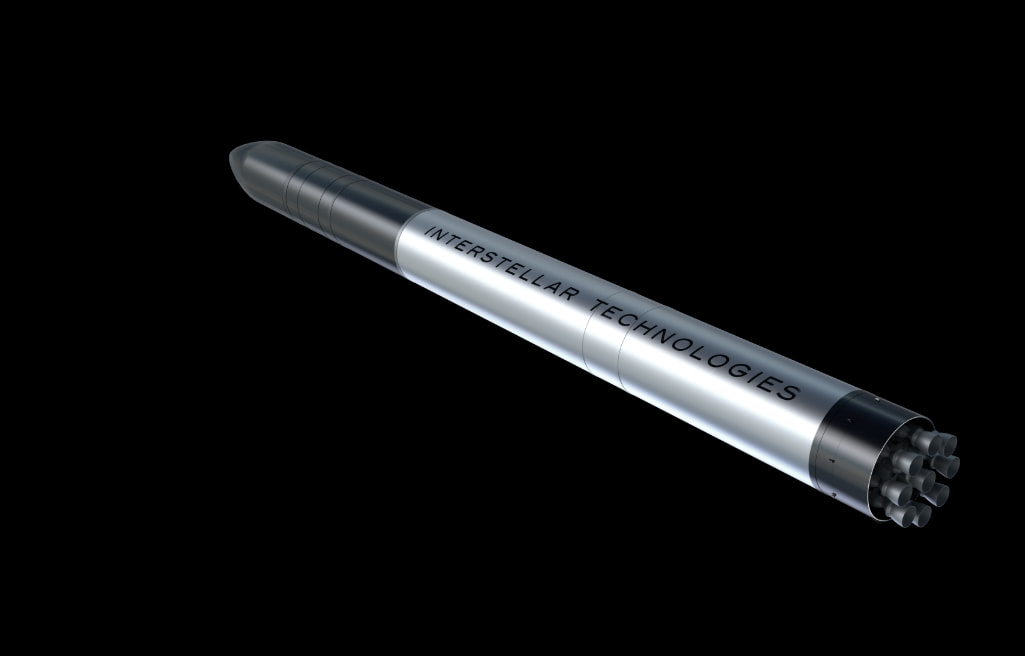DATE
Turbopump Test Clears Path for Interstellar’s ZERO Rocket, Merging Expertise to Tackle Complex ‘Heart’ of Engine
CATEGORY
TAG

Hokkaido, Japan – Interstellar Technologies Inc. (hereinafter referred to as “Interstellar”), a comprehensive space infrastructure company committed to tackling global challenges through space transportation and utilization, has reached a new milestone with the completion of the Turbopump Cold Flow Test for the COSMOS engine, designed for the small satellite launch vehicle ZERO, at the IHI Aerospace Aioi Test Site in Aioi City, Hyogo Prefecture. The turbopump, serving as the “heart” of the rocket engine by delivering fuel and oxidizer to the combustion chamber, is recognized as one of the most complex components to develop. This achievement confirms the turbopump’s smooth operation at the target rotation speed, pushing the boundaries of space exploration and preparing for the launch of the inaugural ZERO rocket.
Turbopump Hits 40,000 Rotations Target: Optimizing Engine Performance and Affordability
The turbopump features a “single-shaft” design, integrating the fuel and oxidizer pumps. While this approach presents higher technical challenges compared to separate pumps for fuel and oxidizer, it results in the reduction in size, weight, and overall cost of the engine system by reducing the number of components. The turbopump is constructed using nickel alloy (with titanium and aluminum alloys in some parts) known for its outstanding heat resistance. Conducted on a sub-scale model for a 60kN-class engine (measuring 42cm in length and 19cm in diameter), the test achieved the target rotation speed of 40,000 rotations per minute. The testing phase will continue until April to further evaluate performance across various operating conditions.
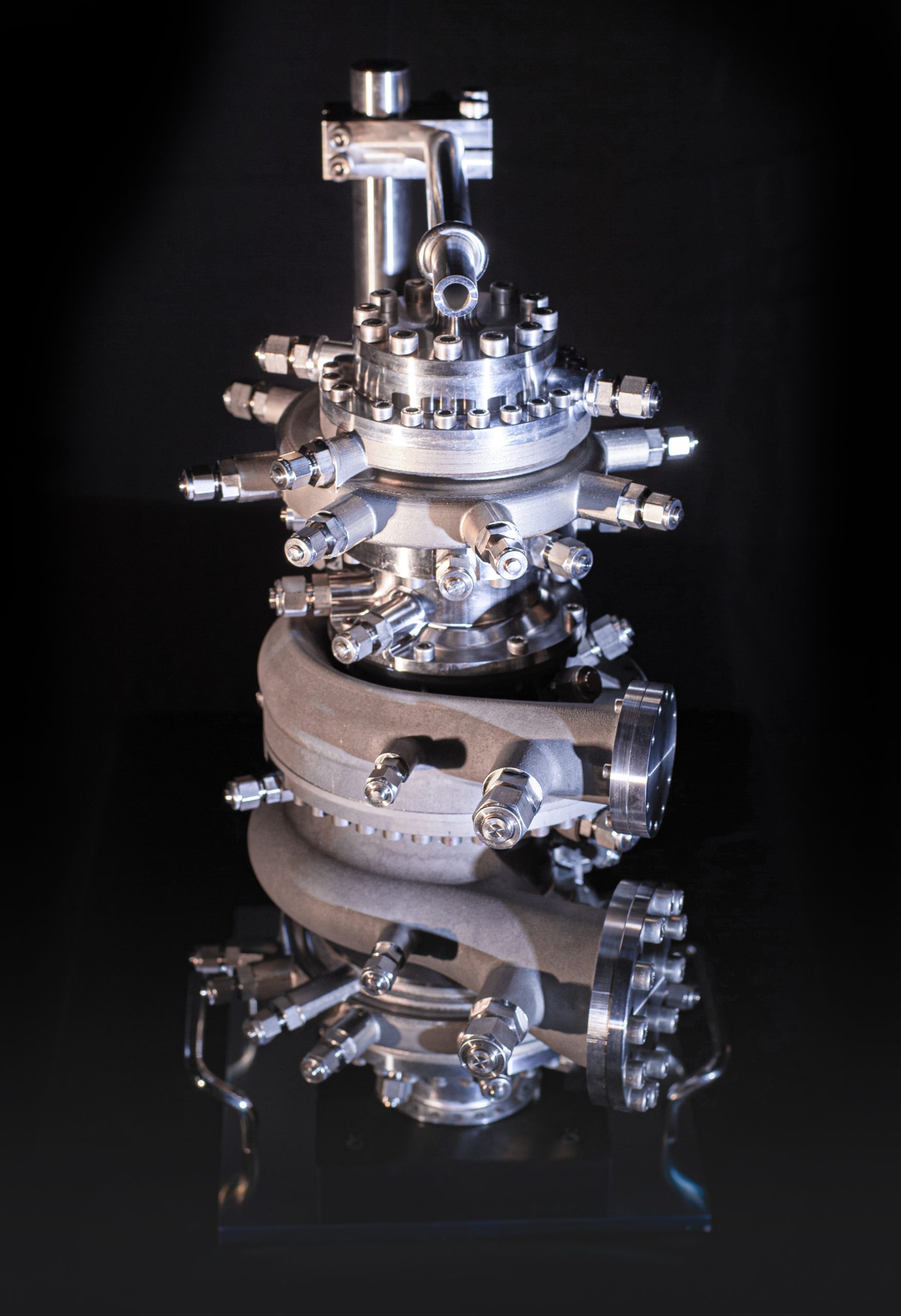
Turbopump Cold Flow Test for the ZERO Rocket Engine Overview
Test Name: Turbopump Cold Flow Test for the ZERO Rocket Engine
Test Objective: Confirmation of Turbopump Standalone Performance
Test Duration: October 2023 to April 2024 (9 sessions scheduled)
Location: IHI Aerospace Aioi Test Site (Aioi City, Hyogo Prefecture)
Test Results: Achieved target rotation speed and obtained necessary pressure and temperature data for performance evaluation
Incorporating Domestic Expertise in Development
The development of the turbopump for the ZERO engine began in 2019 as part of a joint research collaboration with the National University Corporation Muroran Institute of Technology (Muroran City, Hokkaido), leveraging their extensive experience and achievements in the development of engines for Japan’s flagship rockets. In September 2021, EBARA Corporation (Ota-ku, Tokyo), the primary domestic pump manufacturer, entered into the collaboration, signaling the onset of a joint endeavor in research and development involving all three entities.
Subsequent tests were carried out at the IHI Aerospace Aioi Test Site, supported by IHI Aerospace (based in Tomioka City, Gunma Prefecture), renowned for their experience in rocket engine and turbopump testing (*1).
Integrating domestic expertise throughout the design, manufacturing, and testing phases, particularly given the challenges of the turbopump, has been paramount. Looking ahead, the knowledge gleaned from these processes will be used to advance the development of the 130kN-class engine, serving as the prototype.
*1 Funding support for some turbopump research and development was received from the Ministry of Economy, Trade and Industry’s Strategic Innovation Program for Advanced Technologies (JPJ005698)
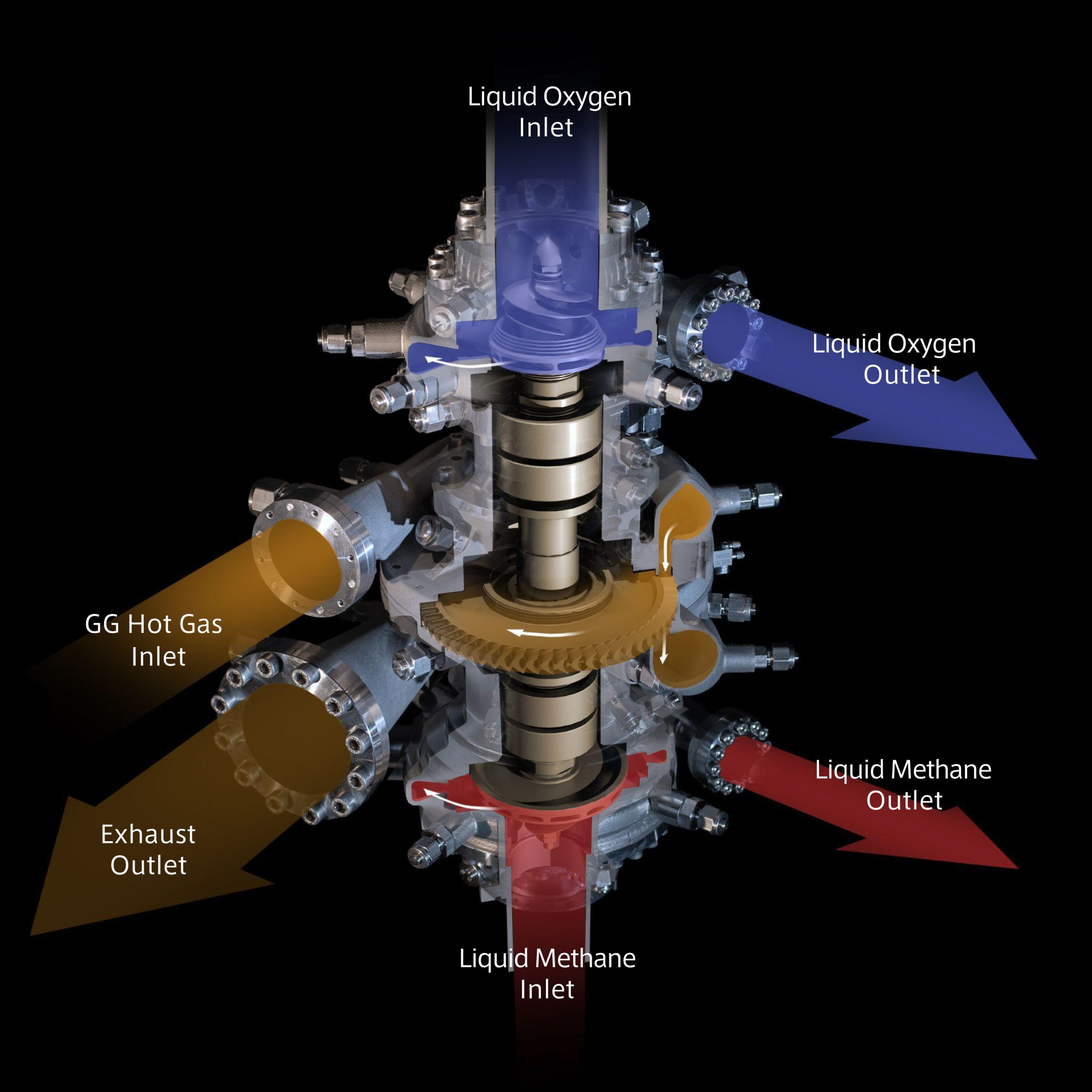 Internal Diagram of Turbopump for ZERO Engine
Internal Diagram of Turbopump for ZERO Engine
Gas Generator Cycle and Regenerative Cooling System Debut in COSMOS
ZERO operates as a liquid-propellant rocket with Liquid Biomethane (LBM) as its fuel and liquid oxygen as the oxidizer. This marks the inaugural adoption by Interstellar of the gas generator cycle, which burns some of the propellants in a gas generator to drive a turbopump at tens of thousands of rotations per minute and deliver the fuel to the combustion chamber at high pressure. Additionally, the regenerative cooling effectively utilizes the fuel for cooling purposes within the combustion chamber walls. Tests for the turbopump, combustion chamber and gas generator have been conducted, with future plans to integrate them.
ZERO’s engine has been named COSMOS primarily by the development team members, a title that embodies the spirit of the engine’s design. The name draws inspiration from how the spray pattern of the engine’s pintle injector resembles the petals of a cosmos flower, symbolizing Taiki.
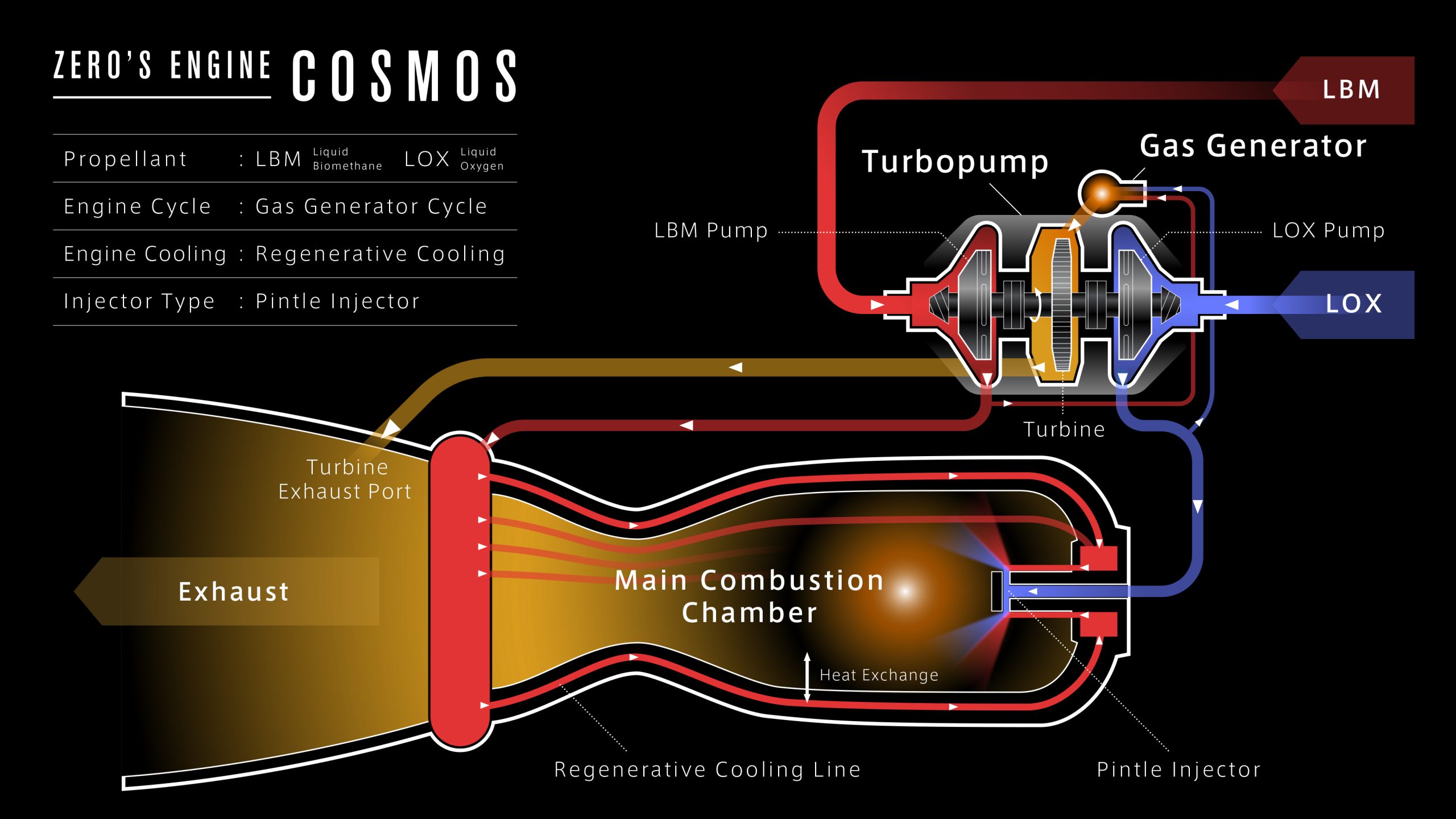
Competitive Pricing and Dedicated Launch Capability
ZERO is a small satellite launch vehicle designed to target the growing market for small-sized satellites in recent years. Building on the knowledge gained from the successful launch of the private suborbital launch vehicle MOMO, the first of its kind in Japan’s private sector, Interstellar is progressing toward the first launch of ZERO.
ZERO’s space transportation service distinguishes itself with competitive pricing—at less than 800 million JPY per launch (in mass production)—made possible through an integrated development and manufacturing process. Another key strength is its flexibility to provide customized launches tailored to the rising needs of satellite companies. For satellite companies in Japan, Asia, and Oceania, proximity to the launch site ensures convenience, reducing launch-related time and costs and enhancing overall value.
ZERO’s Capacity Boost: To establish Asia-Oceania Market Presence
With an eye on recent trends and the demand both locally and globally, ZERO is enhancing its capacity to launch satellites of up to 800 kilograms into Low Earth Orbit (LEO). This strategic contributes to the establishment of an independent domestic space transportation service. Simultaneously, it positions Interstellar to establish a firm presence in the Asia-Oceania and European markets.
ZERO: Specifications
Height: 32m
Diameter: 2.3m
Wet mas: Weight: 71 ton
Propellant: Liquid Methane (Biomethane) Oxidizer: Liquid Oxygen
Number of Engines: 1st Stage: 9, 2nd Stage: 1
Payload Capacity: LEO 800kg / SSO 250kg (Future Maximum Capacity)
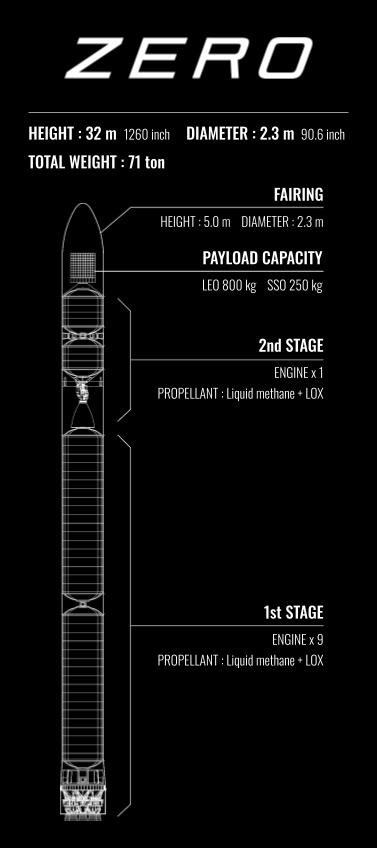
Press Release | 20240314_Turbopump Test Clears Path for Interstellar’s ZERO Rocket, Merging Expertise to Tackle Complex ‘Heart’ of Engine

